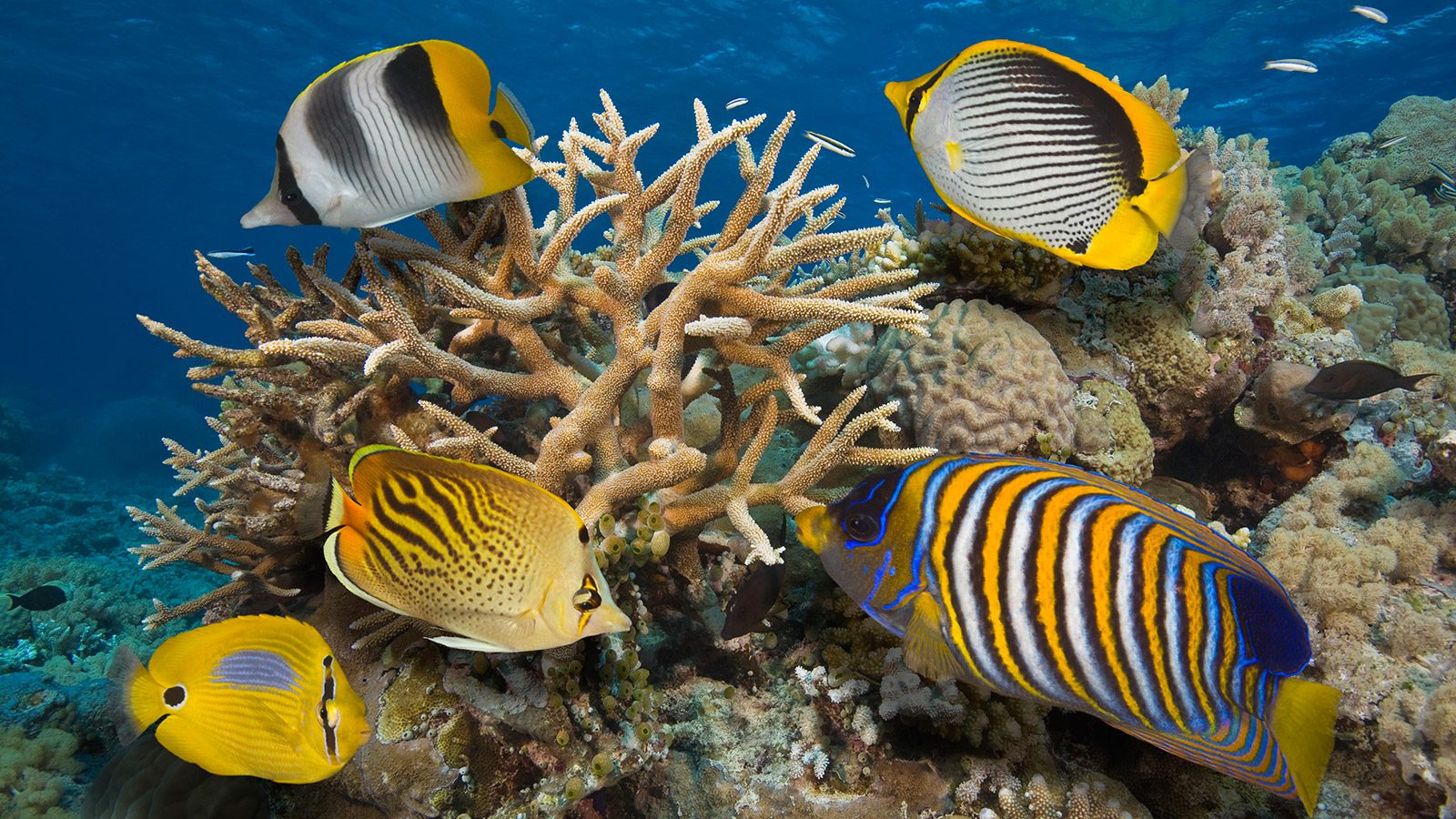One of the seven wonders of the world, the great barrier reef has been one of Australia’s defining features for decades. The great barrier reef is the largest living structure in the world and is even visible from space. However, in spite of its sheer volume of life, the reef is currently experiencing a difficult period, enduring damage from a variety of threats.
Naturally, the Australian government have recognised the potential consequences of losing the reef and have generously funded conservation projects that aim to save and replenish the beds of coral. This article, before delving into some of these projects, will ask the questions: what are the benefits of the great barrier reef? What dangers is it being subjected to? And, is it too late to save it?
How does the Great Barrier Reef benefit the world?
The reef is essential for the world’s biodiversity, containing a surprising percentage of some species. For example, six out of the seven species of marine turtle belong to the reef, as well as ten percent of all species of fish. The reef also has great economic value, attracting 2 million visitors annually as well as supporting 64,000 jobs. The reef, in terms of social, economic and as an iconic asset, is valued at 56 billion dollars and contributes 6.5 billion to the Australian economy each year. .
What poses a threat to the GBR?
One of the biggest concerns to the reef is climate change; as the oceans become warmer and more acidic, we lose more of the coral. Already, since 1980, we have seen fifty percent of the reef disappear as a result of this. A similar argument to that of preservation of the Amazon rainforest has arisen, given that over a million species rely on the reef, many of which could hold the cure for various ailments.
Is the GBR beyond help?
One of the amazing things about coral reefs is that they are surprisingly resilient and have the potential to regenerate themselves, if given a fighting chance. For example, one hundred years after the S.S Yongala sank in the reef, beds of coral and an abundance of life had formed atop the wreckage and even after being ravaged by an underwater cyclone in 2011, 80% of this life has returned to the shipwreck.
What projects are dedicated to preserving the GBR?
- The Great Barrier Reef Foundation: researching the way in which coral forms, one of the foundations key aims for its projects is to help the reef become more resilient. The projects also seek to restore the reef to its former glory. For example, the Raine Island recovery project is in the process of replenishing the green turtle population, which if left unaided, is expected to disappear very soon.
Volunteering: many organisations, including the previously mentioned GBR foundation, offer volunteering opportunities for the general public to help in the conversation of the reef. Exploring different areas of the reef, volunteering is a terrific way of visiting the reef as well as collecting scientific data which might prove crucial in its conservation.
What you can do
Support ‘Fighting for Wildlife’ by donating as little as $1 – It only takes a minute. Thank you.
Robert Lovell
Robert Lovell is a writer and editor with a love of wildlife and a passion for environmentalism. He is based in the north of England but loves to travel.

Leave a Reply